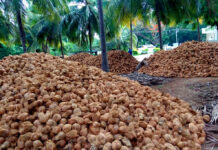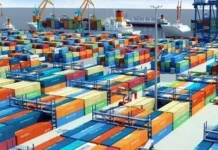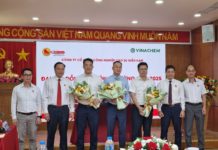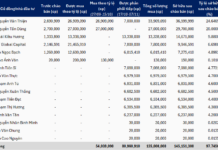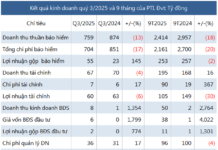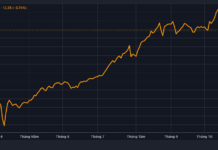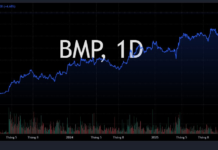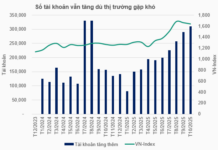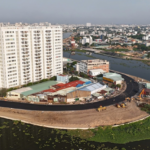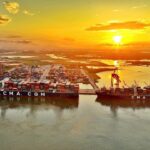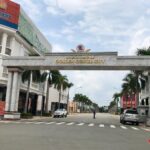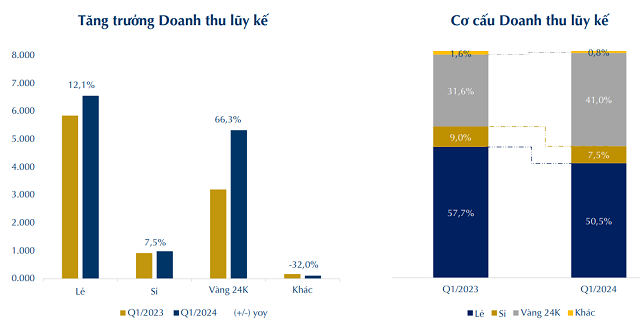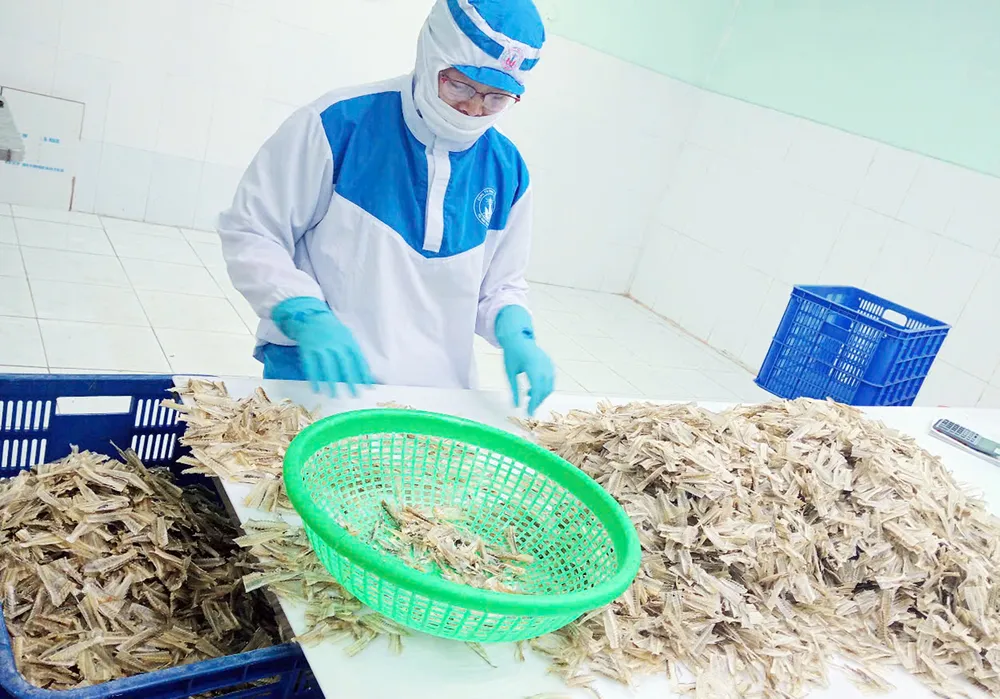
Maximizing Seafood By-Products: A Sustainable Economic Opportunity
In Ho Chi Minh City, numerous businesses are effectively harnessing seafood by-products. Mr. Nguyễn Thành Lộc, Director of Phúc Lộc Co., Ltd. (Tân Hải Ward), shares: “Daily, we purchase approximately 60 tons of by-products from fishing vessels and factories to produce 4,000–5,000 tons of fishmeal annually, generating revenue of 72–90 billion VND. With capital and technology support, we can increase protein levels to 64%, reducing the need to import 140,000 tons of fishmeal yearly.”
At Tứ Hải Co., Ltd. (Phước Thắng Ward), fish bones once sold for a few thousand VND per kilogram are now cleaned, dried, and exported to Japan for 10 USD/kg, earning 10–12 billion VND annually. Mr. Đào Quốc Tuấn, CEO of Tứ Hải, notes the high demand but insufficient supply, highlighting a new business avenue. On a larger scale, the Southern Institute of Fisheries Research uses miscellaneous crabs to produce canned crab paste and chitosan powder—valued at 1,000 USD/kg for medical and agricultural use.
Beyond processing, seafood by-products are transformed into art and tourism products. Nguyễn Thị Hồng Lan, Director of Hải Lan Co., Ltd. (Bà Rịa Ward), collects tons of discarded shells nightly, recycling them into souvenirs, art, and jewelry priced from 40,000 to 20 million VND. “Each shell carries the ocean’s essence. I aim to share Vietnamese culture with global tourists while reducing waste and creating livelihoods,” says Lan. Recently, Hải Lan partnered with OSB Technology Investment JSC, Alibaba’s authorized agent in Vietnam, to list these products on Alibaba, expanding global reach.
This passion for ocean conservation inspires students like Nguyễn Lê Minh Châu (Vũng Tàu High School), who proposed a “Seashell Recycling Workshop & Coastal Coffee Shop” at the Bà Rịa-Vũng Tàu Fisheries Innovation Contest. The concept features a café decorated with shells, offering drinks, photo spots, and DIY shell crafts under expert guidance.
Policy, Capital, and Technology Support Needed
The agriculture and environment sectors predict seafood by-products will yield vast resources by 2030. Shrimp heads alone could produce 490,000 tons of food, while pangasius trimmings and fat could reach 100,000 and 150,000 tons, respectively. Shells could generate 146,000 tons of animal feed, and fish bones/organs could supply 900,000 tons annually. The pharmaceutical, cosmetic, and industrial sectors could utilize 147,000 tons of shrimp shells and 80,000 tons of fish skin for high-value products.
By 2030, shrimp by-products are estimated at 650,000 tons (80–100 million USD), and pangasius at 1.3 million tons (over 500 million USD). Phạm Thị Na, Deputy Director of HCM City’s Department of Agriculture and Rural Development, emphasizes the city’s potential to create jobs, enhance Vietnam’s seafood reputation, and reduce industrial waste.
Dr. Phạm Quốc Huy, Head of the Southern Fisheries Research Institute, stresses treating by-products as a strategic industry. Global trends include extracting bio-peptides, enzymes, and biodegradable materials from shells and fish skin. Green tax policies, credit, and technology incentives will drive investment. Stronger collaboration among businesses, scientists, artisans, and authorities, coupled with infrastructure development, will transform waste into “green gold,” boosting the blue economy and ocean conservation.
Potential to Generate 5 Billion USD Annually
According to the Ministry of Agriculture and Rural Development, seafood by-products account for 1 million tons (0.6%), mainly shells, fish skin, bones, and organs. Over 90% are solid, decomposing rapidly at 27°C and 80% humidity, posing environmental risks. Current processing value is 275 million USD annually, far below the 4–5 billion USD potential.
Unlocking the Bottlenecks: Navigating Through the Challenges of the $385 Million Dollar Project to Rejuvenate Ho Chi Minh City’s Longest Canal
The renovation project of Ho Chi Minh City’s longest canal has faced delays, with two key challenges impeding its progress over two years since its commencement. It is imperative that these obstacles are swiftly addressed to get the project back on track.
The Gateway to Vietnam’s Super Urban Port City: Where Sea, Sky, and Dynamism Converge
As of July 1st, 2025, with the official merger of Binh Duong, Ba Ria-Vung Tau, and the former Ho Chi Minh City into a new “international supercity” named New Ho Chi Minh City, Phu My Ward has emerged as a strategic epicenter. With its unique position connecting the Cai Mep- Thi Vai international seaport, the Long Thanh international airport, and a network of industrial and logistics hubs, Phu My is predicted to become the new CBD core, serving as the “port heart” of Vietnam within the global value chain.
Unveiling the 3 Major Real Estate Tycoons in Ho Chi Minh City with Outstanding Tax Debts
In the latest list of major tax debtors revealed by Ho Chi Minh City’s Tax Department, three real estate businesses top the chart with a combined debt of over 100 billion VND. These companies, all operating in the realm of real estate investment and development, now face public scrutiny as their substantial tax liabilities come to light.



